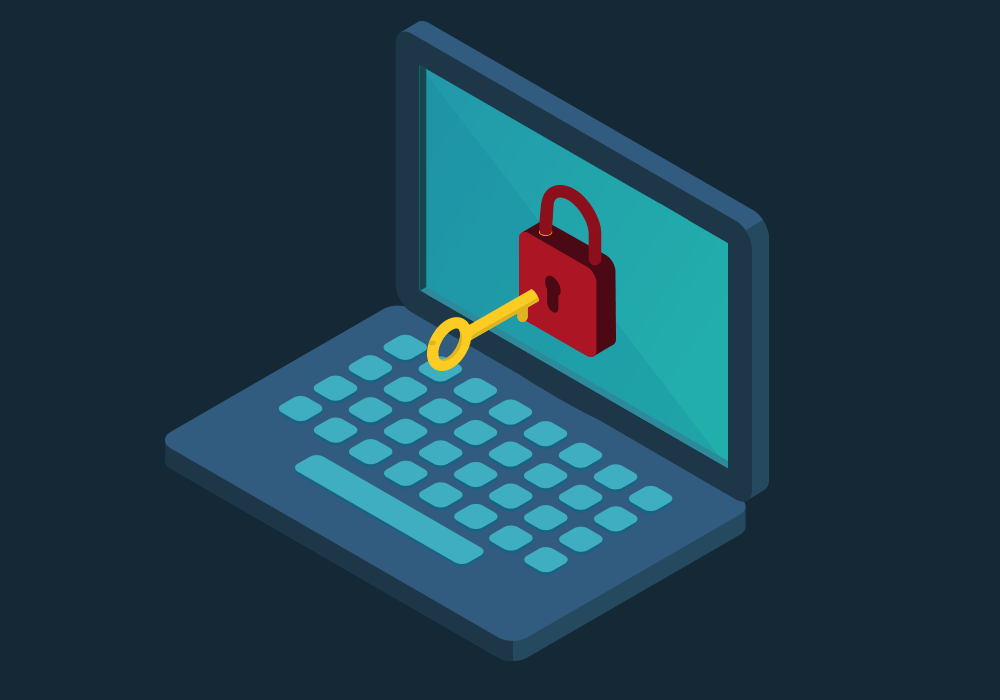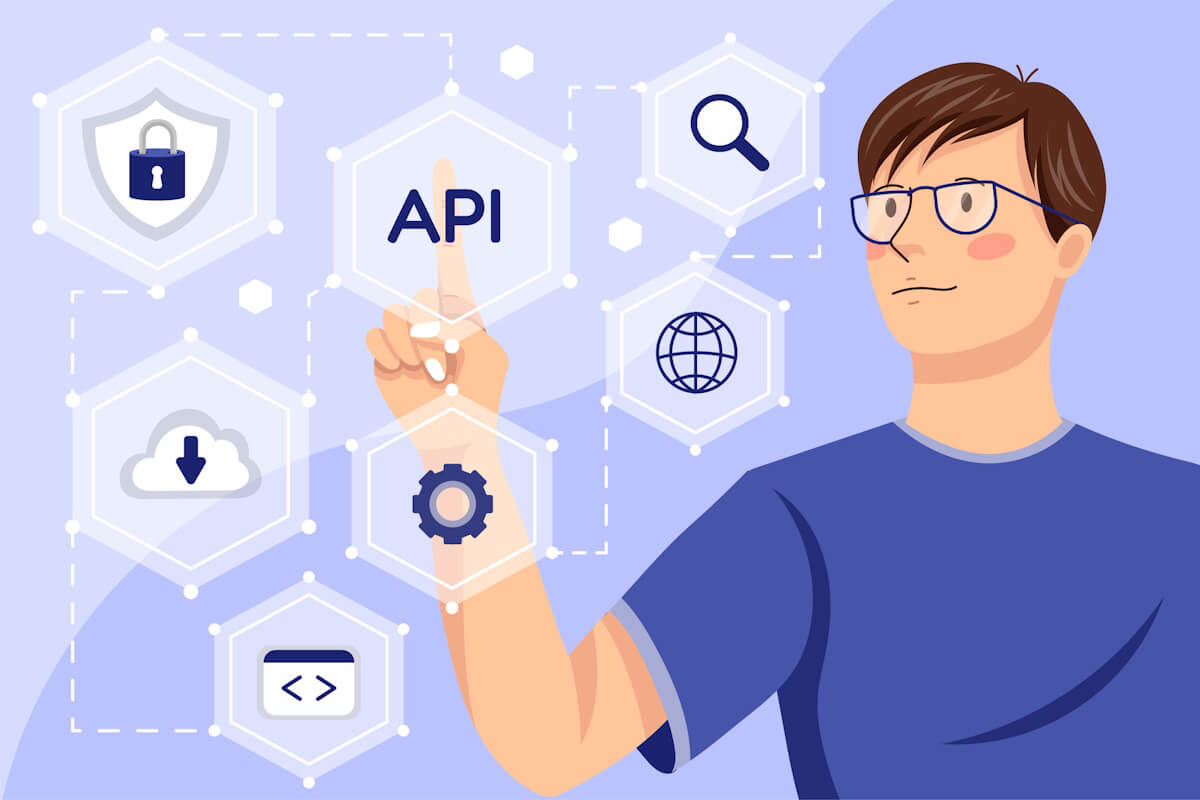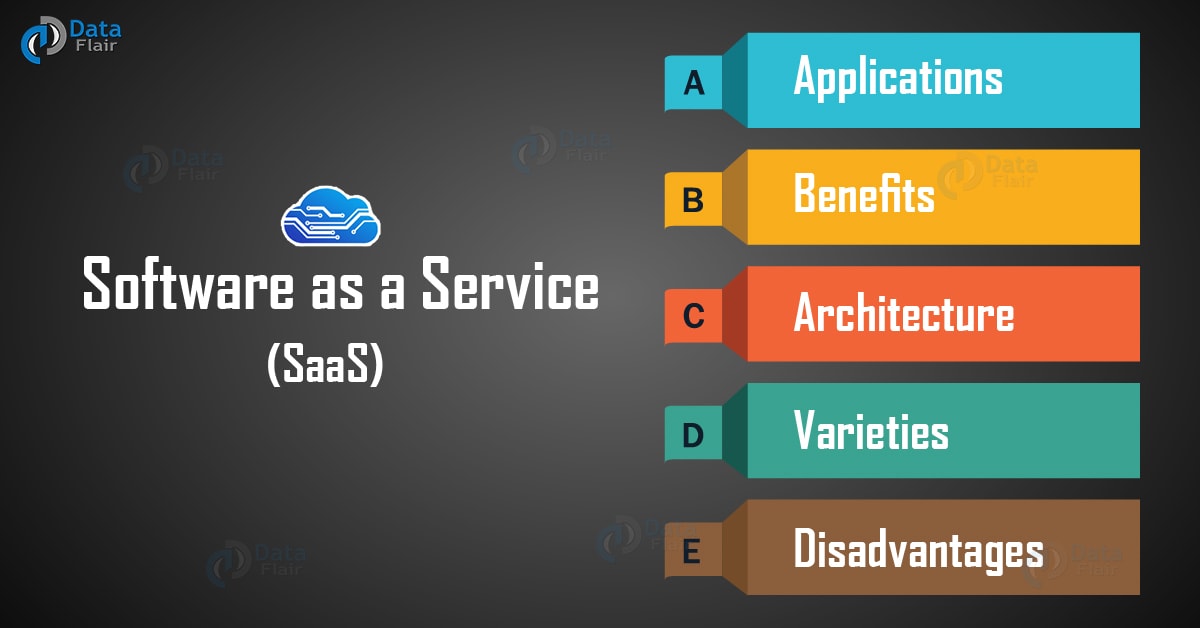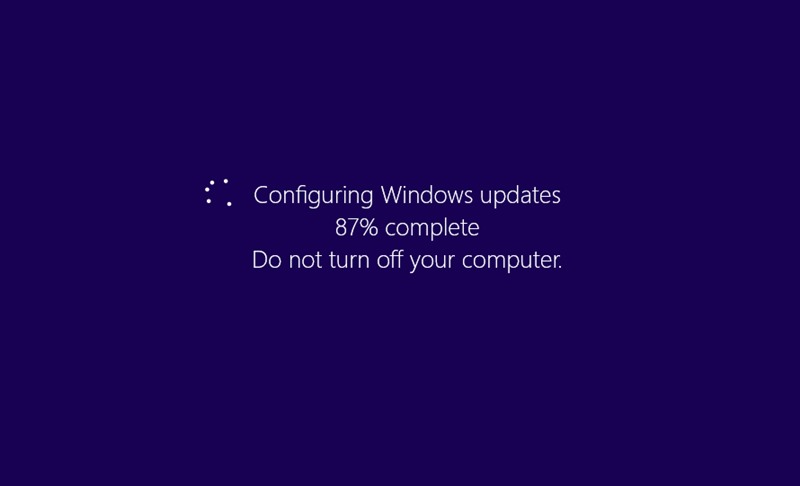Data Security: 7 Essential Strategies for Ultimate Protection
In today’s hyper-connected world, data security isn’t just a tech buzzword—it’s a necessity. From personal photos to corporate financial records, every digital footprint demands protection. Let’s dive into the core strategies that keep your data safe from evolving cyber threats.
Understanding Data Security: Definition and Importance

Data security refers to the protective measures and controls designed to prevent unauthorized access, corruption, theft, or loss of digital information. As organizations and individuals generate and store more data than ever before, securing this information has become a top priority across industries.
What Is Data Security?
Data security encompasses a broad range of practices, technologies, and policies aimed at safeguarding data throughout its lifecycle—whether it’s at rest, in transit, or in use. This includes encryption, access controls, firewalls, intrusion detection systems, and employee training programs.
- Protects sensitive information like passwords, credit card numbers, and health records.
- Ensures compliance with legal and regulatory standards such as GDPR, HIPAA, and CCPA.
- Builds trust with customers and stakeholders by demonstrating responsible data handling.
“Data is the new oil” – Clive Humby, mathematician and data scientist. But unlike oil, data must be protected to retain its value.
Why Data Security Matters More Than Ever
The digital transformation accelerated by remote work, cloud computing, and IoT devices has dramatically increased the attack surface for cybercriminals. A single breach can lead to financial loss, reputational damage, and legal consequences.
- According to IBM’s Cost of a Data Breach Report 2023, the average cost of a data breach reached $4.45 million globally.
- Over 80% of breaches involve stolen or compromised credentials, highlighting the need for robust authentication mechanisms.
- Small businesses are increasingly targeted—43% of cyberattacks are aimed at small organizations, per Verizon’s DBIR 2023.
Core Principles of Data Security
Effective data security rests on three foundational principles known as the CIA Triad: Confidentiality, Integrity, and Availability. These pillars guide the development of security policies and technologies.
Confidentiality: Keeping Data Private
Confidentiality ensures that only authorized individuals can access sensitive information. This is achieved through encryption, access control lists, multi-factor authentication (MFA), and data classification.
- Encryption transforms readable data into unreadable formats unless decrypted with the correct key.
- Role-based access control (RBAC) limits user permissions based on job responsibilities.
- Zero Trust models assume no user or device is trusted by default, even within the network.
Integrity: Ensuring Data Accuracy
Data integrity means that information remains accurate, consistent, and unaltered during storage, processing, or transmission. Unauthorized changes—whether accidental or malicious—can compromise decision-making and operational efficiency.
- Hash functions and digital signatures verify that data hasn’t been tampered with.
- Version control systems track changes and allow rollback to previous states.
- Regular audits and checksums detect anomalies in data sets.
Availability: Guaranteeing Access When Needed
Even the most secure data is useless if it’s not accessible when needed. Availability protects against disruptions caused by hardware failures, natural disasters, or cyberattacks like DDoS (Distributed Denial of Service).
- Redundant systems and failover mechanisms ensure continuity.
- Regular backups stored offsite or in the cloud enable recovery after incidents.
- Service Level Agreements (SLAs) with cloud providers define uptime expectations.
Common Threats to Data Security
Understanding the threats is the first step in defending against them. Cybercriminals use increasingly sophisticated methods to exploit vulnerabilities in people, processes, and technology.
Malware and Ransomware Attacks
Malware—short for malicious software—includes viruses, worms, trojans, spyware, and ransomware. Ransomware, in particular, has surged in recent years, encrypting victims’ files and demanding payment for decryption.
- The 2021 Colonial Pipeline attack disrupted fuel supply across the U.S. East Coast due to a ransomware infection.
- Phishing emails remain the most common delivery method for malware.
- Endpoint protection platforms (EPP) and endpoint detection and response (EDR) tools help detect and block malware.
Phishing and Social Engineering
These attacks manipulate human psychology rather than exploiting technical flaws. Attackers impersonate trusted entities to trick users into revealing passwords or downloading malicious files.
- Spear phishing targets specific individuals using personalized messages.
- Vishing (voice phishing) and smishing (SMS phishing) extend these tactics to phone calls and text messages.
- Security awareness training reduces susceptibility to social engineering.
Insider Threats
Not all threats come from outside. Employees, contractors, or partners may intentionally or accidentally compromise data security.
- Intentional insider threats include data theft for financial gain or espionage.
- Accidental breaches occur when employees misconfigure systems or send data to the wrong recipient.
- User behavior analytics (UBA) can identify unusual activity patterns that signal potential risks.
Data Security Technologies and Tools
Modern data security relies on a layered approach combining multiple technologies to create defense-in-depth.
Encryption: The Backbone of Data Security
Encryption is one of the most effective ways to protect data. It ensures that even if data is intercepted or stolen, it remains unreadable without the decryption key.
- Advanced Encryption Standard (AES) with 256-bit keys is widely used for securing data at rest.
- Transport Layer Security (TLS) encrypts data in transit over the internet.
- End-to-end encryption (E2EE) ensures only the communicating users can read messages, used in apps like Signal and WhatsApp.
Firewalls and Intrusion Prevention Systems
Firewalls act as gatekeepers between trusted internal networks and untrusted external ones. They filter traffic based on predefined rules to block malicious activity.
- Next-generation firewalls (NGFW) combine traditional packet filtering with deep packet inspection and application-level controls.
- Intrusion Detection Systems (IDS) monitor for suspicious behavior, while Intrusion Prevention Systems (IPS) actively block threats.
- Cloud-native firewalls protect virtualized environments and SaaS applications.
Multi-Factor Authentication (MFA)
MFA adds an extra layer of security beyond just passwords. It requires users to verify their identity using two or more factors: something they know (password), something they have (smartphone or token), or something they are (biometrics).
- According to Microsoft, MFA blocks over 99.9% of account compromise attacks.
- Authenticator apps like Google Authenticator and hardware tokens like YubiKey enhance security.
- Adaptive MFA adjusts authentication requirements based on risk level (e.g., location, device).
Data Security in the Cloud
As more organizations migrate to cloud platforms like AWS, Microsoft Azure, and Google Cloud, ensuring data security in these environments becomes critical.
Shared Responsibility Model
Cloud providers operate under a shared responsibility model: they secure the infrastructure, while customers are responsible for securing their data, applications, and access controls.
- AWS, for example, manages physical data centers and network infrastructure, but users must configure S3 bucket permissions correctly.
- Misconfigured cloud storage has led to numerous high-profile breaches, including exposed databases containing millions of records.
- Cloud Security Posture Management (CSPM) tools continuously monitor configurations for compliance and risks.
Securing Data Across Cloud Environments
Organizations often use multiple cloud services (multi-cloud) or combine cloud and on-premises systems (hybrid cloud), increasing complexity.
- Consistent encryption policies should apply across all environments.
- Identity and Access Management (IAM) solutions centralize user permissions.
- Data Loss Prevention (DLP) tools detect and prevent unauthorized sharing of sensitive information.
Zero Trust Architecture in the Cloud
Zero Trust assumes that threats exist both inside and outside the network. It requires continuous verification of every user and device attempting to access resources.
- Principle of least privilege ensures users only have access to what they need.
- Micro-segmentation divides networks into small zones to limit lateral movement by attackers.
- Google’s BeyondCorp is a well-known implementation of Zero Trust.
Best Practices for Implementing Data Security
Technology alone isn’t enough. A comprehensive data security strategy requires people, processes, and policies working together.
Conduct Regular Risk Assessments
Organizations should regularly evaluate their data assets, identify vulnerabilities, and assess potential threats.
- Use frameworks like NIST Cybersecurity Framework or ISO/IEC 27001 to guide assessments.
- Identify critical data types (e.g., PII, financial data) and map where they reside.
- Perform penetration testing to simulate real-world attacks.
Train Employees on Security Awareness
Human error is a leading cause of data breaches. Regular training helps employees recognize threats and follow best practices.
- Simulated phishing campaigns test employee readiness.
- Training should cover password hygiene, secure browsing, and reporting suspicious activity.
- Make security part of onboarding and ongoing professional development.
Implement Strong Password Policies and MFA
Weak or reused passwords remain a major vulnerability. Organizations must enforce strong authentication practices.
- Require complex passwords with minimum length, special characters, and regular rotation.
- Use password managers to generate and store unique passwords securely.
- Mandate MFA for all accounts, especially administrative and cloud-based ones.
Legal and Regulatory Compliance in Data Security
Failure to comply with data protection laws can result in hefty fines, legal action, and loss of customer trust. Organizations must align their data security practices with applicable regulations.
General Data Protection Regulation (GDPR)
Enforced by the European Union, GDPR sets strict rules for how personal data must be collected, processed, and protected.
- Applies to any organization handling EU citizens’ data, regardless of location.
- Requires explicit consent, data minimization, and the right to be forgotten.
- Fines can reach up to €20 million or 4% of global annual revenue, whichever is higher.
Health Insurance Portability and Accountability Act (HIPAA)
HIPAA governs the protection of health information in the United States.
- Covers healthcare providers, insurers, and business associates.
- Mandates safeguards for electronic protected health information (ePHI).
- Requires breach notification within 60 days of discovery.
California Consumer Privacy Act (CCPA)
CCPA grants California residents rights over their personal data, similar to GDPR.
- Consumers can request access to, deletion of, or opt-out of the sale of their data.
- Applies to for-profit businesses meeting certain thresholds.
- Penalties range from $2,500 to $7,500 per intentional violation.
Future Trends in Data Security
The landscape of data security is constantly evolving. Emerging technologies and shifting work models demand proactive adaptation.
Artificial Intelligence and Machine Learning in Security
AI and ML are being used to detect anomalies, predict threats, and automate responses.
- AI-powered SIEM (Security Information and Event Management) systems analyze logs in real time.
- Behavioral analytics can flag unusual login patterns or data access requests.
- However, attackers also use AI to craft more convincing phishing emails or evade detection.
Quantum Computing and Post-Quantum Cryptography
While still in early stages, quantum computing poses a future threat to current encryption standards.
- Quantum computers could theoretically break RSA and ECC encryption algorithms.
- NIST is standardizing post-quantum cryptographic algorithms to prepare for this shift.
- Organizations should begin planning for crypto-agility—the ability to update encryption methods quickly.
Securing the Internet of Things (IoT)
Billions of IoT devices—from smart thermostats to industrial sensors—introduce new security challenges.
- Many IoT devices lack basic security features and are difficult to patch.
- Network segmentation isolates IoT devices from critical systems.
- Device identity management ensures only authorized devices can connect.
What is the difference between data security and data privacy?
Data security focuses on protecting data from unauthorized access, breaches, and corruption, using technical and procedural safeguards. Data privacy, on the other hand, is about how data is collected, used, shared, and stored in compliance with laws and user expectations. While related, they address different aspects: security is about protection, privacy is about rights and ethics.
How can small businesses improve their data security?
Small businesses can enhance data security by implementing basic but effective measures: using strong passwords and MFA, installing antivirus software, backing up data regularly, training employees on cybersecurity, and using encrypted connections (like HTTPS and VPNs). They should also consider cyber insurance and consult with IT security professionals to assess risks.
Is cloud storage safe for sensitive data?
Yes, cloud storage can be safe for sensitive data—if proper security measures are in place. This includes enabling encryption (both in transit and at rest), using strong access controls, monitoring activity logs, and choosing reputable providers with strong compliance certifications (e.g., SOC 2, ISO 27001). However, organizations must also manage their responsibilities under the shared responsibility model.
What should I do if my data is breached?
If a data breach occurs, act quickly: contain the breach by isolating affected systems, assess the scope and impact, notify affected individuals and authorities (if required by law), engage forensic experts to investigate, and implement corrective measures to prevent recurrence. Having an incident response plan in place beforehand is crucial for minimizing damage.
Can encryption prevent all data breaches?
While encryption is a powerful tool, it cannot prevent all types of breaches. It protects data from being read if stolen, but doesn’t stop attackers from gaining access to systems, deleting files, or launching ransomware attacks. Encryption should be part of a broader security strategy that includes access controls, monitoring, and employee training.
Data security is not a one-time project but an ongoing commitment. With cyber threats growing in frequency and sophistication, organizations and individuals must stay vigilant. By understanding the core principles, leveraging the right technologies, complying with regulations, and preparing for future challenges, we can build a safer digital world. The key is to adopt a proactive, layered approach—because when it comes to protecting data, there’s no room for compromise.
Further Reading:







